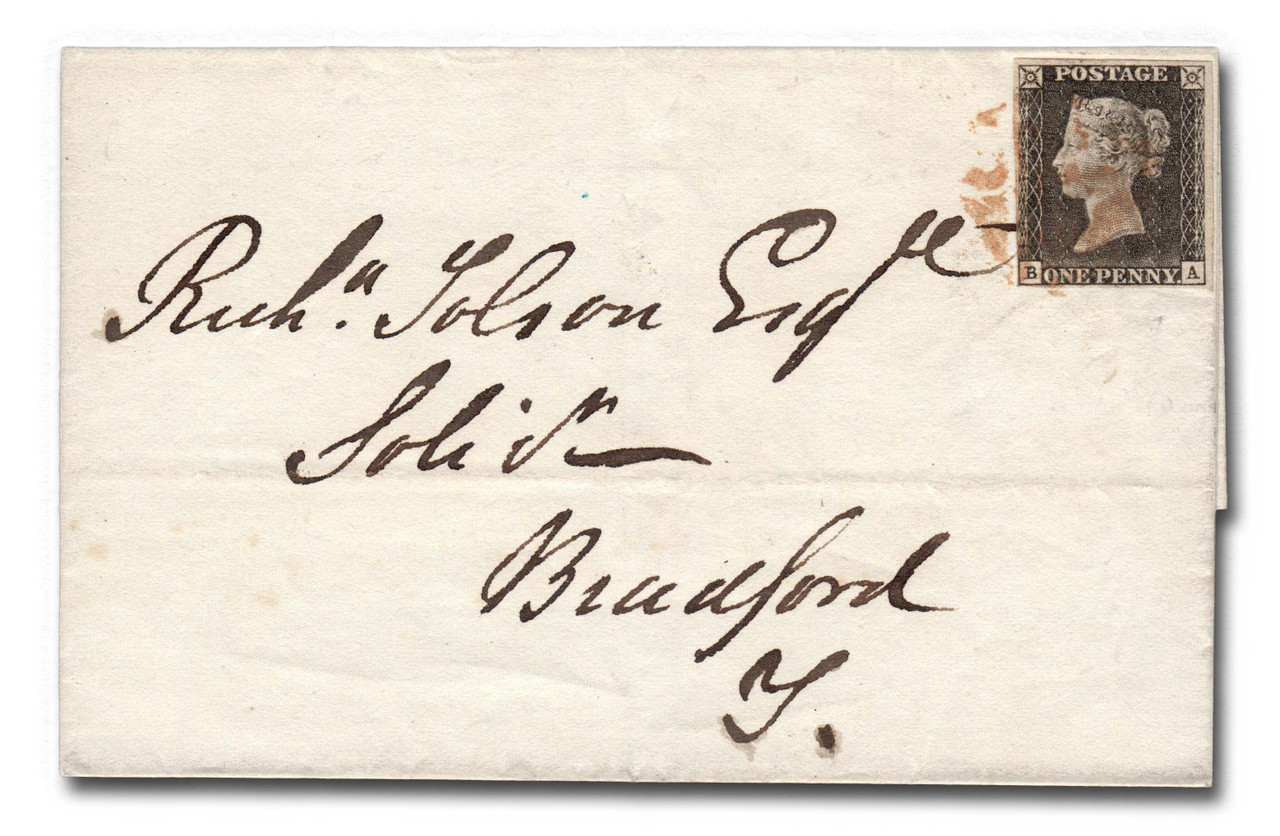The Origin of Postage Stamps: A Glimpse into Postal History
Posted by Mystic Stamp Co. on 3rd Jul 2024
In the vast history of communication, few innovations have had as profound an impact as the postage stamp. This small piece of paper revolutionized the way we send and receive mail, making it possible to connect people across vast distances with ease and reliability. But where did it all begin? Which country was the pioneer in this postal revolution? Let's take a journey back in time to discover the origins of the first postage stamp.
The Birthplace of the Postage Stamp
The honor of issuing the world's first postage stamp goes to Great Britain. The story begins in the early 19th century, a time when the postal system was in dire need of reform. Prior to the introduction of postage stamps, the cost of sending a letter was borne by the recipient, and the rates were based on the distance the letter traveled and the number of sheets of paper used. This system was not only complicated but also prone to abuse and fraud.
Enter Sir Rowland Hill, a British educator and social reformer, who in 1837 proposed a radical new system in his pamphlet, "Post Office Reform: Its Importance and Practicability." Hill suggested that the cost of sending a letter should be borne by the sender, not the recipient, and that a uniform rate should be established regardless of distance. To facilitate this, he proposed the use of a small, adhesive piece of paper that could be affixed to the letter to indicate prepayment – the postage stamp.
The Introduction of the Penny Black
Hill's ideas were revolutionary, and they quickly gained traction. After much debate and discussion, the British government adopted his reforms. On May 1, 1840, the world's first adhesive postage stamp, known as the Penny Black, was issued. The stamp featured a profile of Queen Victoria, who was the reigning monarch at the time, and was valued at one penny, which was the cost of sending a letter weighing up to half an ounce anywhere within the United Kingdom.
The Penny Black was printed in sheets of 240 stamps, and it was an instant success. Its introduction simplified the postal system, making it more efficient and accessible to the public. The design of the stamp, with its intricate engraving and depiction of the young queen, set a standard for future postage stamps and remains an iconic symbol of philately.

The Spread of Postage Stamps Around the World
The success of the Penny Black inspired other countries to adopt similar systems. Just a few years later, in 1843, Brazil issued its own postage stamp, known as the Bull's Eye, and soon after, other countries in Europe and around the world followed suit. By the mid-19th century, postage stamps had become a global phenomenon, transforming postal services and facilitating international communication.
Legacy of the Penny Black
The introduction of the Penny Black and the subsequent adoption of postage stamps worldwide had far-reaching implications. It democratized communication, allowing people from all walks of life to send and receive letters easily and affordably. It also laid the foundation for modern postal systems and the global exchange of information.
Today, the Penny Black is highly prized by collectors and philatelists, not only for its historical significance but also for its beauty and rarity. It serves as a reminder of a time when innovation and reform transformed an entire industry and brought the world closer together.
In conclusion, Great Britain holds the distinction of being the first country to use postage stamps, thanks to the visionary reforms of Sir Rowland Hill. The Penny Black, issued in 1840, marked the beginning of a new era in postal history, one that continues to influence the way we communicate to this day. Whether you're a seasoned collector or just someone interested in history, the story of the first postage stamp is a fascinating chapter in the ever-evolving tale of human connection.


